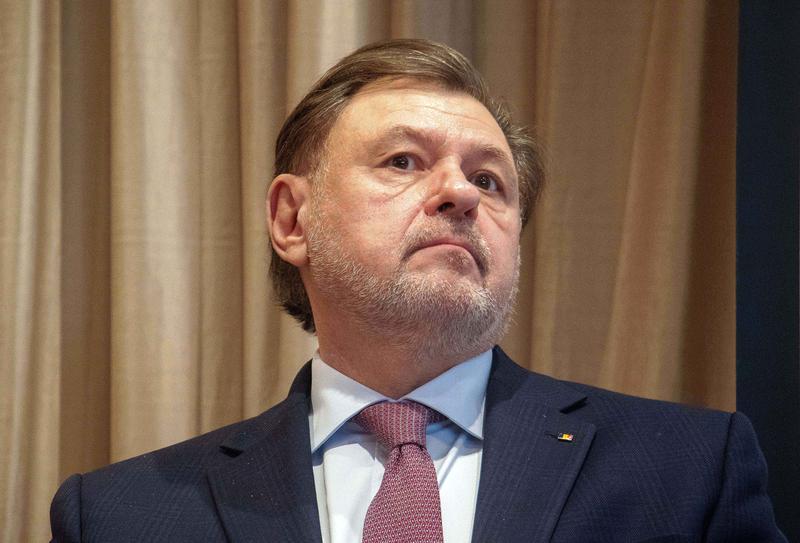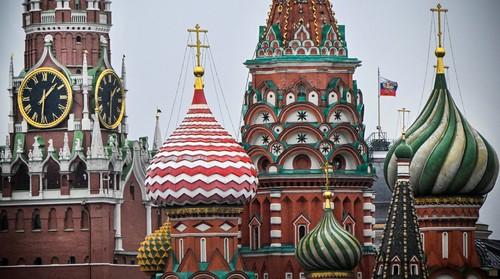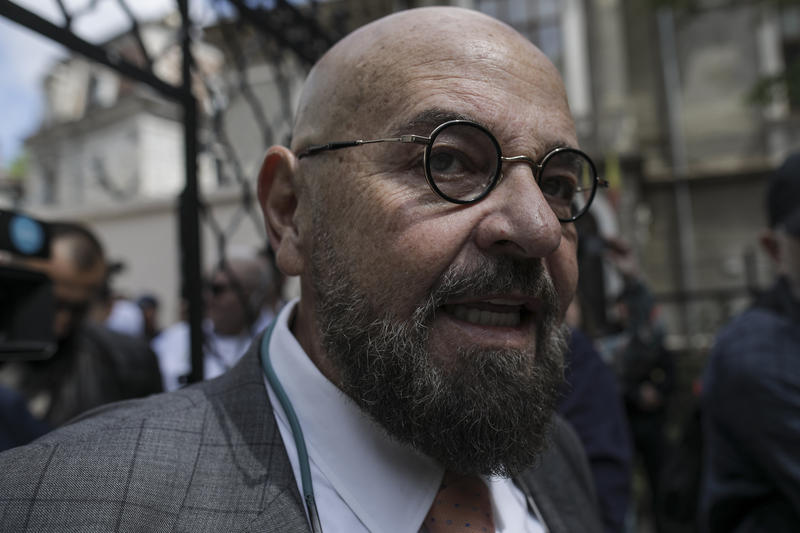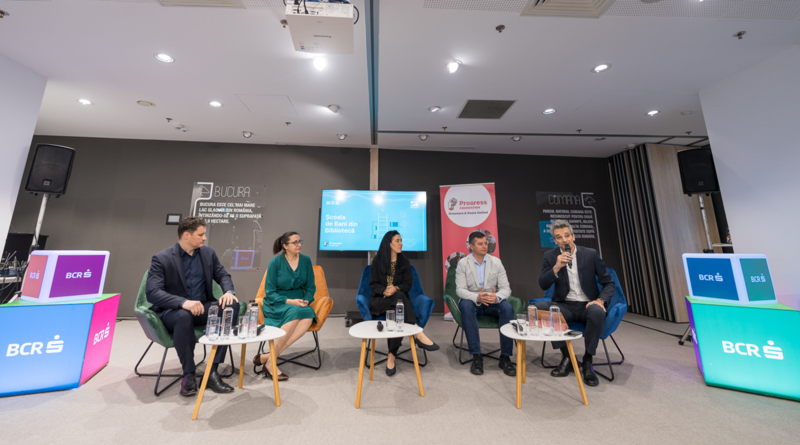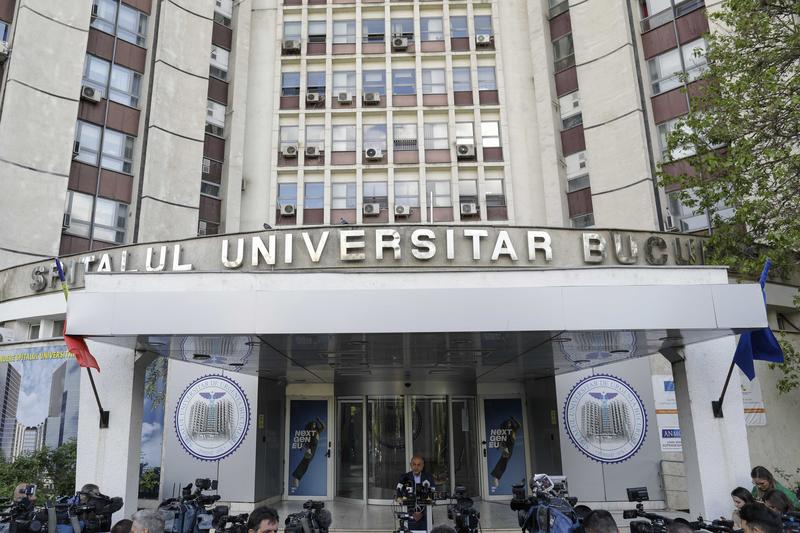Romanian Trademark Protection
Trademarks are words or symbols that are susceptible to a graphic representation meant to distinguish the products and services of a natural or legal person from those belonging to others. A trademark can be the key asset of a business, but its registration is facultative. To obtain the protection of a trademark in Romania, an applicant can register it at the national level, at the European Union (“EU”) level, or at the international level.
In Romania, the right over a trademark is acquired and protected under the provisions of Law No. 84/1998 on trademarks or geographic indications (hereinafter referred to as “Law 84”). This law sets forth the necessary conditions to register a trademark and the protections afforded to it, while also containing provisions referring to the international registration of a trademark. In accordance with Law 84, in case a person wants to register a trademark only at the national level, that person obtains protection just in Romania. Before January 2007, it was impossible for Romanian nationals to register a trademark at the European level using a single procedure because Romania was not yet an EU member state. All this has changed with the advent of Romania’s accession to the European Union.
Natural persons or legal entities register their marks in Romania with the Romanian State Office for Inventions and Trademarks (“OSIM”). For a more detailed look into the procedure regarding trademark registration, please see the article “Intellectual Property Protection in Romania” from March 2007, set forth in The Romanian Digest™ Archive at http://www.hr.ro/digest_archive.htm.
In today’s global market, it is obviously quite important for a business with export potential of any sort to obtain the recognition of its right over a trademark in states other than in the one in which it has been registered as a business. Before January 2007, a Romanian business, in order to obtain protection for its trademark in different European states, had to fulfill many conditions in order to register it. Such an applicant had the obligation to register its trademark in every state in which it wanted to obtain protection. Since Romania’s accession to the EU, however, any Romanian business can register its trademark at the European level. This means that a trademark which is owned by a Romanian person or entity can be registered at the EU level without having to register it in every member state of the European Union.
As a result of Romania’s accession, in general, all trademarks previously registered at the EU level are valid in Romania, but the trademarks previously registered only at the Romanian national level are not valid in the other EU countries, if not separately registered in such countries or at the EU level.
Trademark Protection in the EU
In order to register a trademark at the EU level, the applicant must submit its application to the Office for Harmonization in the Internal Market (“OHIM”) – Trademarks and Designs, headquartered in Alicante, Spain. The procedure on trademark registration at the EU level is set forth in the First Directive no. 89/104 issued by the European Council, dated 21 December 1988, and approximates the laws of the member states relating to trademarks; and in Council Regulation No 40/94, dated 20 December 1993, on the Community trademark. While the Directive only provides for the basic measures regarding a well functioning internal market and does not manage to totally approximate the national legislation of the member states in the area of trademark protection, the provisions of the Regulation are a legislative instrument with direct applicability, which compulsorily applies to all the countries that are members of the EU.
The community trademark represents an independent system of protection in the EU, but it is not a substitute for national trademark protection. In the unique and unitary European procedure for registering a trademark, different obstacles may arise, such as the impossibility of utilization of a community trademark within some of the European member state territories. If a national trademark was registered in a country before its accession to the EU the coexistence of a similar or identical trademark at the national and EU level may appear.
Also, when there are two similar or identical trademarks at the national and EU level, a business can obtain an authorization to use such trademark throughout the EU, except in the state where the trademark has been registered as a national trademark, or it can obtain the annulment in court of a national trademark. Such a possible conflict can be resolved according to the principle of the oldest trademark. This principle provides, on the one hand, that if the community trademark is the older one, the national trademark will be annulled and the community one could be used on the territory where the national trademark had been registered, as well as throughout the entire EU. On the other hand, if the national trademark is the older one, the owner of it may continue to use it and the community trademark cannot be used on the territory where the national one is protected by national law. This prohibition is valid as long as the owner of a community or a national trademark has not agreed to its use by someone else.
Community trademarks constitute prior rights in relation to all subsequent trademarks and other conflicting rights in all member states of the EU. This allows the owners of Community trademarks not only to protect their exclusive rights at Community level, but also to prevail over later national rights.
Similar to the national trademark, the community trademark can be transferred in different ways, such as cession, license or franchise within the entire EU market. The option to transfer and assign community trademarks is essential for the management of companies. A community trademark may be transferred, separately from any transfer of the entity which is its owner, in respect of some or all of the goods or services for which it is registered. A community trademark may also be licensed for the whole or part of the EU and a license may be exclusive or non-exclusive.
As mentioned above, in case of a successful application for a community trademark at the EU level, the applicant obtains unitary protection throughout the EU. Such European registration produces the same effects in every member state and any transfer operation regarding the community trademark produces effects within the whole area.
The registration of the trademark, granted both at the national, and the EU level, confers upon the owner the right of exclusive use of the trademark for the goods and/or the services that have been registered for a period of 10 years from the date of the submission as well as the right to prohibit others from the use of that particular trademark or a fraudulent imitation thereof. If the trademark owner requests, the registration can be renewed after the period of protection expires for another period of 10 years. The rights deriving from a registered or renewed individual trademark may be transferred in whole or in part, in exchange for a fee or free of charge. Beginning with the date of filling, the trademark owner is entitled to prohibit third parties from using the trademark or reproducing it fraudulently.
The unitary nature of the community trademark, which covers all of the countries of the EU, means that formalities and management can be kept simple, such as a single application, a single language of procedure, a single administrative center, and a single file to be managed. It is a simple procedure and applications may be made both at national industrial property offices and directly to the OHIM.
Only after obtaining a trademark, can a business have an ownership right over it. A simple utilization of a trademark does not confer to a business any protection in that respect. The sooner a company registers a community trademark, the safer it will be in the market place.
International Trademark Protection
In addition to the possibilities to apply at the national and/or EU level for trademark protections, an applicant may seek international trademark registration, in accordance with the procedures set forth by the World Intellectual Property Organization headquartered in Geneva, Switzerland. This international procedural mechanism is based on the Madrid Agreement Concerning The International Registration Of Marks (1891) and the Madrid Protocol (1989) (the “Madrid System”), and applies to many countries worldwide, including EU countries, the United States of America and also states located on other continents. The Madrid System offers to a trademark owner the possibility to have its trademark protected in several countries by simply filing one application directly with its own national or regional trademark office. An international trademark so registered is equivalent to an application or a registration of the same trademark effected directly in each of the countries designated by the applicant. If the trademark office of a designated country does not refuse protection within a specified period, the protection of the trademark is the same as if it had been registered by that office. The Madrid System also simplifies greatly the subsequent management of the trademark, since it is possible to record subsequent changes or to renew the registration through a single procedural step.
Issues in the Protection of Trademarks
Once a business has protected its trademark, the registration confers upon its owner an exclusive right over that trademark, and third parties are prohibited from using it. The owner of a trademark may request a competent court to prohibit any person not having its consent from using any sign which corresponds, among other things, to any one of these situations:
- a symbol which is identical to a registered trademark, and referring to identical goods and services;
- a symbol which, because of its identity or similarity with the registered trademark, may lead to confusion on the part of the public, including the association between the symbol and the trademark;
- in case there is a symbol affixed to goods or services which are identical or similar to the goods and services for which the trademark has been registered that may lead to confusion on the part of the public, including the association between a symbol and the trademark.
After a period of time, customers associate the quality of a product or a service with the trademark, which means that the business enjoys customers’ confidence. If a specific product or service becomes associated with a trademark to the wider public before registration of the mark, another business might be able to take advantage of it. A business that uses an identical or similar sign which is also not registered as a trademark will not lose the opportunity to obtain a right over it. Simply put, to avoid such situations, businesses should move expeditiously to make use of the registration procedures for trademarks.
According to the International Classification of Goods and Services for the Purposes of the Registration of Marks under the Nice Agreement (the “Nice Classification”), a trademark can be registered for one or more classes of services or products. In fact, this agreement provides the classifications of the goods and services for which a trademark can be registered. Also, based on this classification, at the national level there is a differentiation of the taxes for registration of a trademark. The applicant must know that the Nice Classification is applicable, beyond the national level, also at the EU level and at the international level for all of the 82 states which are parties to the above-mentioned agreement.
A community trademark may be maintained in all the countries of the European Union by using it effectively and genuinely in a single member state of the EU. Any company, even if it wishes to use its trademark in only one or in a few member states of the EU, may therefore validly obtain a community trademark without having to fear revocation proceedings on the grounds of lack of use. To register a trademark for more than one product or service actually means cheaper advertising costs, once the public has become aware and has gained confidence in part of the products or services of the relevant owner. Similarly, customers may start using other products or services of the same owner, with no necessity for further strong advertising to be made. This also means that customers may become increasingly more loyal to companies for a certain category of products or services.
Conclusion
Trademark strategy is vital for the success of the business both on the internal market and on the international market. Today, it is easier for a Romanian business either to obtain the protection of a trademark at the national level or to obtain it at the European level. It is up to the individual business owners to decide whether to protect a trademark in just one state, in more than one state, or in the entire European Union.
Trademarks have become one of the most important and valuable assets of a company. Businesses must understand that, even if they are not legally bound to register a trademark, only after a registration has been made, will they be able to enjoy the protection granted by the relevant laws. Business people are the only ones who can decide the market position of their business and it is up to them if they choose to develop a business at the national level or at the EU level. For a Romanian business, it is more efficient to register community trademarks, because they will then be able to gain more easier costumers from all over Europe.
The article was published based upon approval of:
Rubin Meyer Doru & Trandafir
SOCIETATE CIVILA DE AVOCATI / LAWYERS PROFESSIONAL CORPORATION
IN ASOCIERE CU / AFFILIATED WITH HERZFELD & RUBIN, P.C.
